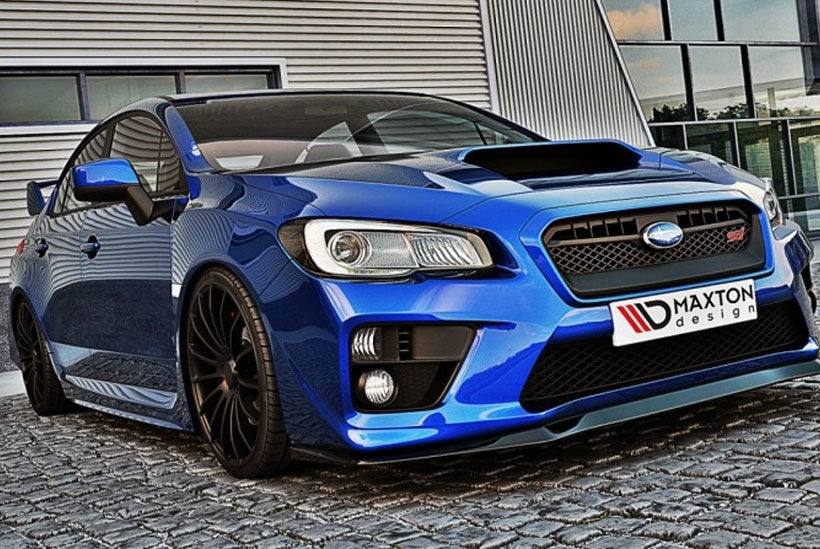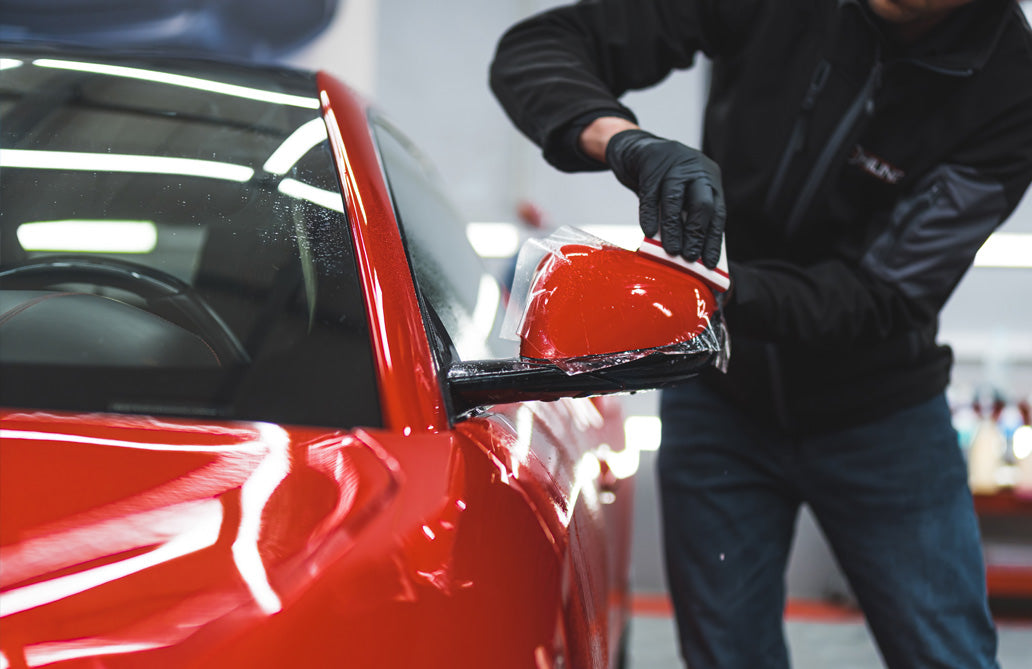So you’ve got the car you want, and now it’s time to personalise it! This useful Buyer’s Guide will help you with the things you need to know.
Getting started – 3 things to think about
Budget
A lot of the decisions ahead of you will come down to budget, so it’s worth outlining exactly what you’re prepared to pay. In the case of body kits, you get what you pay for: while you might be tempted by the lower prices of fibreglass, make sure you’re aware of why it’s cheaper, and why the quality of the materials you choose is important.
If your budget is limited, think about going ahead in stages. Rather than going all out on something cheap, buy quality pieces bit by bit across a timeframe that’s going to suit your finances.
Materials
The weight and characteristics of the kit you choose will vary according to the material it’s made from. While fibreglass is widely available it is easily damaged in low-impact bumps and can shatter if not installed properly. Polyurethane is known for its durability and easy installation, while carbon fibre body kits are considered premium but come at a hefty price. For more information on materials, take a look here.
Style Decisions
Do you want something that looks aggressive and heavy, or something that is sleek and speedy? Thinking about these overall characteristics is important before you go off and buy particular pieces.

Kit Components
A full body kit will often include bumpers and side skirts. Roof scoops and side guards will also be available. Lip kits are often a good way to start too because attachment and removal is generally pretty straightforward. Beyond that…
Custom Spoilers
Spoilers enhance your look and also provide downforce at speed. Front spoilers fit under your bumper to alter the drag of your car, while rear spoilers can improve traction as you accelerate. (Rear spoilers are the ‘wings’ at the back of the car and can vary from subdued upturned ‘lip’ style to high, full-width options).
Hoods
Here’s where it pays to be familiar with different materials used in kits because customising your hood can provide any number of benefits. You might want to consider a light fibreglass hood, but if strength is important you should be looking at polyurethane or carbon fibre. Custom hoods can contribute to better, smoother handling and some come with scoops that decrease temperatures in the engine.
For more inspiration and information on components, visit our product collection.
Are there any downsides to customising your car?
Personalising your vehicle is really exciting. But before you go ahead, make sure you’ve considered these things...
Resale Value
While you might love the look of your car, others may not. the reality is most buyers will be looking for standard models. Of course, you may find the perfect buyer who fully appreciates what you’ve done and who is ready to pay more for it.

Insurance, Warranty and Safety
Your insurance company may have specific rules on modifications, including body kits. Some companies also associate heavily modified vehicles with street racing, which can dramatically impact your premiums and/or their willingness to insure you. So it’s a really good idea to check the details of your policy and check in with your insurer as to what may change if you kit out your car. You don’t want to be at risk of breaking any terms or invalidating your policy.
Fitting additional parts to your car can, in some cases, void your manufacturer’s warranty. So check in with your written warranty and call your dealer before you get started.
If a body kit requires you to remove any safety element of your car you should think again about the type of kit you’re choosing – nothing is worth compromising safety for.
Beyond that, customising your car is a lot of fun. Our experts can answer your questions and help you find the right pieces so you can start transforming your car today!







